Tag: Wildlife Connections
Our team not only work with schools and communities in the UK, they also support our conservation partners around the world working with them to provide training, capacity building, ideas for learning resources as well as research and strategic planning for the educational elements of the projects.
The Nature Reserve first opened in 2013 and is located outside the boundary of the main zoo near the visitor entrance. It currently spans around 10,000 square metres of land, and contains an amphitheatre, a wildlife pond and a new woodland with 150 native trees. The site will grow to more than 50,000 square metres, creating and enhancing important fragile habitat.
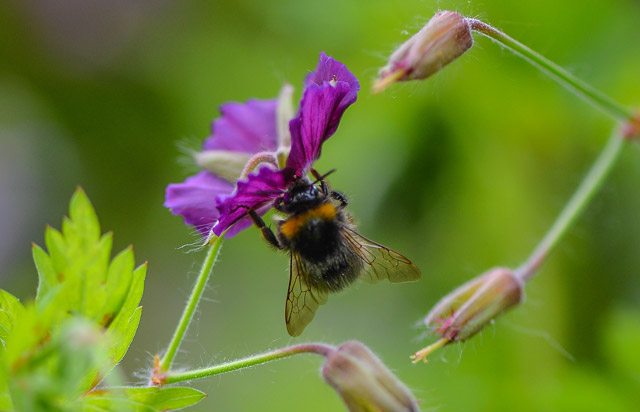
Surveys have shown that the site is already home to lots of British wildlife, from rare polecats and the sharply declining hedgehog, to a range of bee and butterfly species and the great crested newt. Birds including reed-bunting, grasshopper warbler and skylark are already known to nest in the area, and threatened harvest mice were introduced to the area by conservationists at the zoo in 2002 and 2003.
Sarah Bird, Chester Zoo biodiversity officer, said:
“We’re transforming land that has been used for agriculture into a more natural landscape that will feature wildflower meadows, ponds, beetle banks, trees and reedbeds. We will link into a strip of wetland along the canal, which is designated as a Local Wildlife Site for the animals and plants already present. We want to make a really great wildlife corridor allowing species to live at the reserve, and move through the landscape when they need to.
“We hope visitors will enjoy this oasis for UK wildlife when it opens in 2018. As well as helping threatened species, we want it to reconnect people with the natural world and inspire further conservation action.”
British wildlife is under threat, but it’s not too late to take action. We won’t stand back. Every one of us can make a difference.
The Chester Zoo Nature Reserve is being part funded by WREN through the FCC Community Action Fund via a Landfill Communities Funding agreement.
The zoo’s existing 10,000 square metre Nature Reserve will remain open to the public throughout the development of the expanded area.
Make Wildlife Connections
By creating connections from one wildlife-friendly space to the next we can create wildlife highways through our neighbourhoods and protect the precious wildlife that we love.

Our safari ranger team work with local schools and communities within the region on a daily basis; delivering workshops on a number of different topics and themes linked to the curriculum to educate and inspire the next generation to protect nature.
Last year our learning team started the POW (Protecting Our Wildlife) project. A programme that focused on bringing pupils closer to the wonderful wildlife found right here in the UK and what they can do to help protect it.
Over 1,500 pupils in 63 classes at 14 different schools were involved in the POW project and were visited by our team. Below, Anya Moon one of our safari rangers, tells us more about the project and what they got up to:
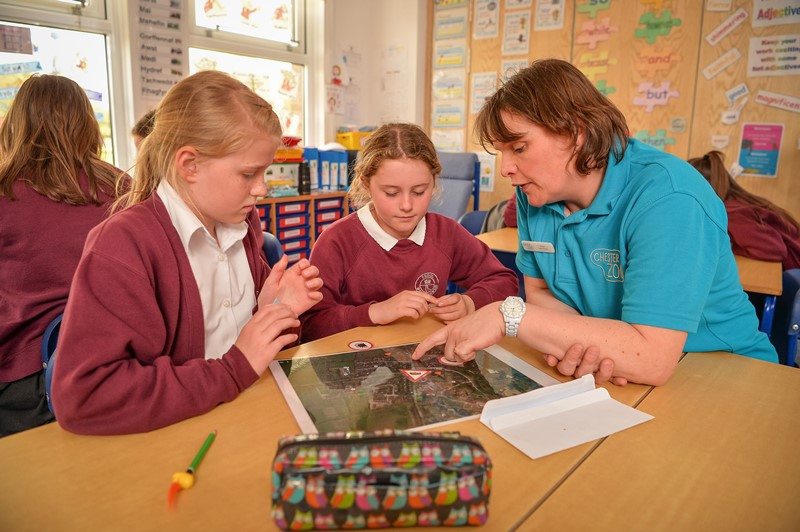
“The project was made up of five workshops that took place either in the classroom or at the zoo. The first two workshops were classroom based and provided the class with an introduction to UK wildlife, the different habitats, the different threats facing local species and providing more of an understanding on a variety of terms like native, non-invasive and invasive species.
“The third part was a visit to Chester Zoo, which were free and designed as a practical, standalone session. The fourth part was also a practical session, where we were supported by our fab Chester Zoo volunteers, back at the schools and involved a number of activities like wellie planting, bird watching and bug hotel building. These activities linked in with our Wildlife Connections campaign activities; benefitting local wildlife by creating safe spaces.
the visit to the zoo was excellent, but the children also enjoyed ‘getting their hands dirty’ planting their wellies! It’s hard to choose a best part!
“The children each produced a wooden pledge, making lovely displays in each of the schools and showcasing what they’d learnt over the workshops. The final workshop was quite different from previous workshops we’d delivered and involved choral speaking and a literacy element.
“The literacy activities were designed to link with the content of the workshops and use the material to create a poem. A drama practitioner was brought in, Emily Capstick, and using the literacy material she created an individual unique poem for each of the 63 classes.
“In most schools a celebration assembly was held where each class was able to perform their poem for the other classes and in some cases parents too; telling them all about the project, what they had learnt and perform the Wildlife Connections song.
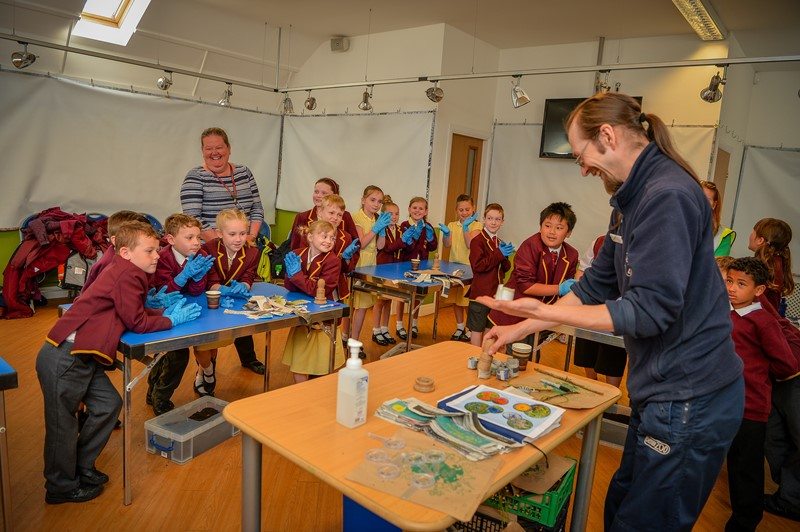
“The POW programme was great – it was lovely to see the same classes over a period of time and for the pupils to get to know us, and look forward to us visiting. On top of that it was also nice to work with volunteers and other colleagues when the schools visited the zoo.
“The safari ranger team are really looking forward to getting stuck into our next POW project which will be linked to our Sing for Songbirds campaign. On top of this we will continue to analyse the data collected from the programme and follow up evaluation with the schools that took part. Another exciting project we’re doing is adapting the POW project to work for after school groups too.”
Chester Zoo’s repeat engagement outreach work was evaluated by our conservation social scientist, Andy Moss. The findings from the pilot project have recently been published, showing that in-school educational programmes increased the conservation knowledge and attitude in students.
Research from the POW project (which is due to be published later this year) found a significant and positive change in people’s attitude to protecting UK wildlife, their ability to help wildlife and to zoos saving animals from extinction. From the teachers who responded to our survey, over 91% of them think that they have personally also learnt about native species conservation as a result of their engagement with the programme.
Bloom at Chester Zoo highlights the spaces at the zoo and the incredible wildlife that can be found within them. There are many gardens just waiting to be explored, each different from the last and each with their own story to tell.
Our horticulture and botany team work hard all year round to make sure the gardens and spaces not only look great but also play a vital role in conserving local wildlife.
The team recently created a Bumblebee Garden to help our fuzzy friends find vital food and shelter as bumblebee populations are disappearing at a worrying rate.
Below we take a look at some of the other work our conservationists are doing to help UK wildlife beyond the zoo thrive. We’ve highlighted a couple of their successes over the past 12 months…
BUMPER YEAR FOR DORMICE
The hazel dormouse is rare in the UK and, sadly, there has been a long-term drop in its numbers and range. We’ve been monitoring a wild dormouse population for over a decade. After a number of slightly below average years between 2012 and 2015, dormouse surveys at our study site in North Wales recorded a bumper year last year with more individuals seen in October 2016 than ever before!
This data is still being analysed, but it seems likely that 2016 is a year in which some females may have had two litters, and the first litter may have also bred themselves. These years are hard to detect, but micro-chipping the dormice gives us a unique opportunity to identify these uncommon behaviours, which are rarely confirmed in UK dormouse populations.
These bumper breeding years are thought to be critical for maintaining dormouse population levels, and it’s reassuring that 2016 looked like it was a great year!
TRACKING PINE MARTENS
Pine martens are thriving in Scotland, but in England and Wales the population is very fragile. Two years ago we joined forces with The Vincent Wildlife Trust on their pine marten recovery project, to restore viable populations of pine martens to Wales.
For the past two years the project has relocated pine martens from Scotland to mid-Wales. Once the animals are relocated they are given a ‘soft release’ to ensure that they’re given as much of a chance as possible to adjust to their new surroundings. The translocation has been very successful with 20 pine martens being relocated in 2015 and a further 19 individuals in 2016.
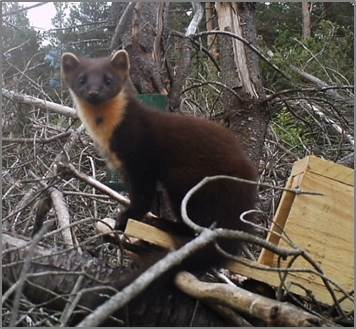
It’s not just about moving the animals; our staff help monitor the success of the translocation and the progress of the animals using camera traps, radio tracking and field surveys. These tracking methods enable the project to obtain further information so, for example, we know that at least half of the females released in the first year successfully gave birth in Wales which is an excellent result. The next stage of the project is to continue following this year’s released individuals, find out if they will also successfully raise young and to see which habitats are favoured for permanent territories.
Saving the northern bald ibis from extinction
During the summer of 2016 we were delighted to breed seven bald ibis chicks. A critically endangered species, the northern bald ibis is part of a European breeding programme led by zoos. With an estimated 115 pairs of birds left in the wild the northern bald ibis is on the brink of extinction. This is the second breeding success for our bird keeping team. The first of the chicks bred here were released to the wild in February and the latest will be released early next year. We’re hoping that by introducing these birds to a protected site in Southern Spain we’ll take big step forward in reversing the decline of the species.
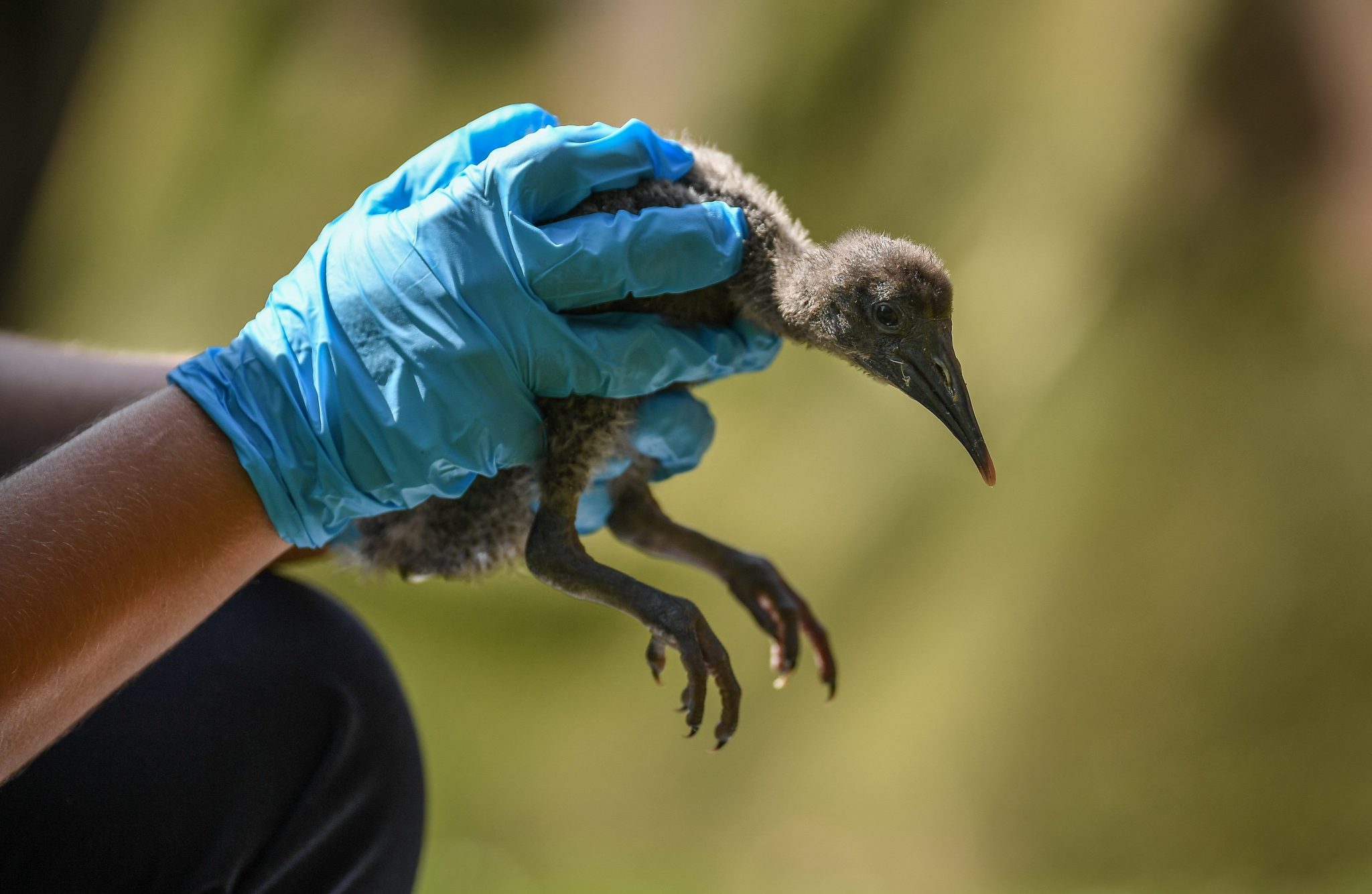
Saving turtles with your support
You’ll remember our recent appeal to help our partners at the Katala Foundation project in the Philippines after they confiscated over 3,500 live Palawan forest turtles. The future looked bleak for the turtles that had fallen victim to the illegal wildlife trade and were destined to be sold in China. We’re delighted to report that thanks to your support and the hard work of the team working on the ground at the Katala Foundation, 89% of the turtles were saved and have now been reintroduced in to the wild. Thank you!
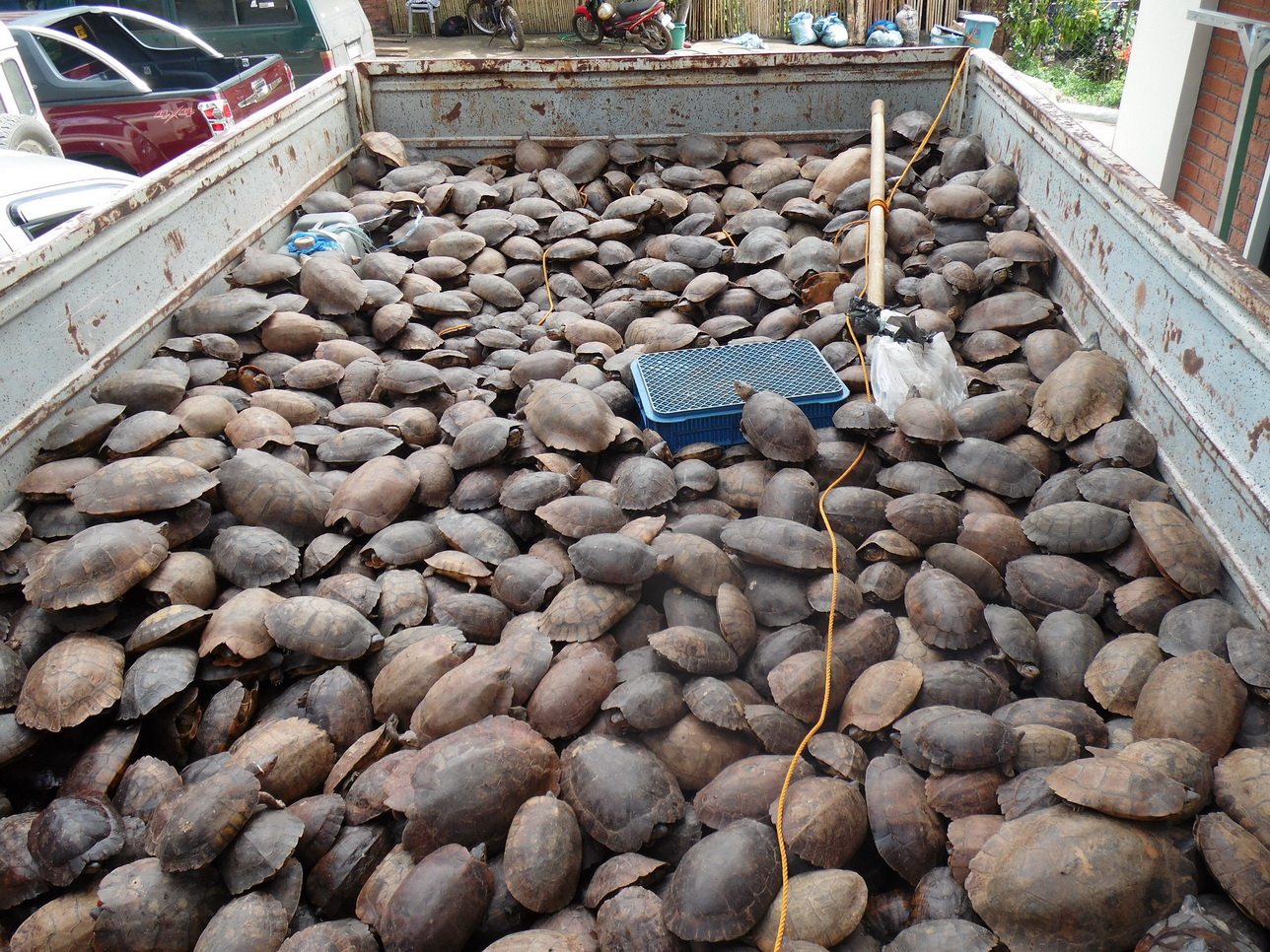
Proud of our volunteers making Wildlife Connections
All year we’ve been focused on giving people across the UK the skills that they need to deliver real conservation in their own back yards. We’ve trained 57 wildlife champions to go out, create wildlife friendly habitats and to train their local community to do the same. Plus, we’ve had hundreds more people sign up and download our ‘how-to’ guides to create their own Wildlife Connections. It’s not too late to sign up for a ‘UK wildlife friendly’ start to 2017. Why not make it your New Year’s resolution?
We Will Never Forget
This year we launched our ‘We Will Never Forget’ campaign to raise funds to support research in to the deadly EEHV virus which threatens young elephants in zoos and all over the world. For us, this was personal after we lost elephants to the virus. We’ve been overwhelmed by your support; to date we’ve raised £100,000 which has funded a post-doc research position dedicated to finding a cure the virus. Please help us to keep this vital research going and enable us to carry out more research in the wild by making a donation.
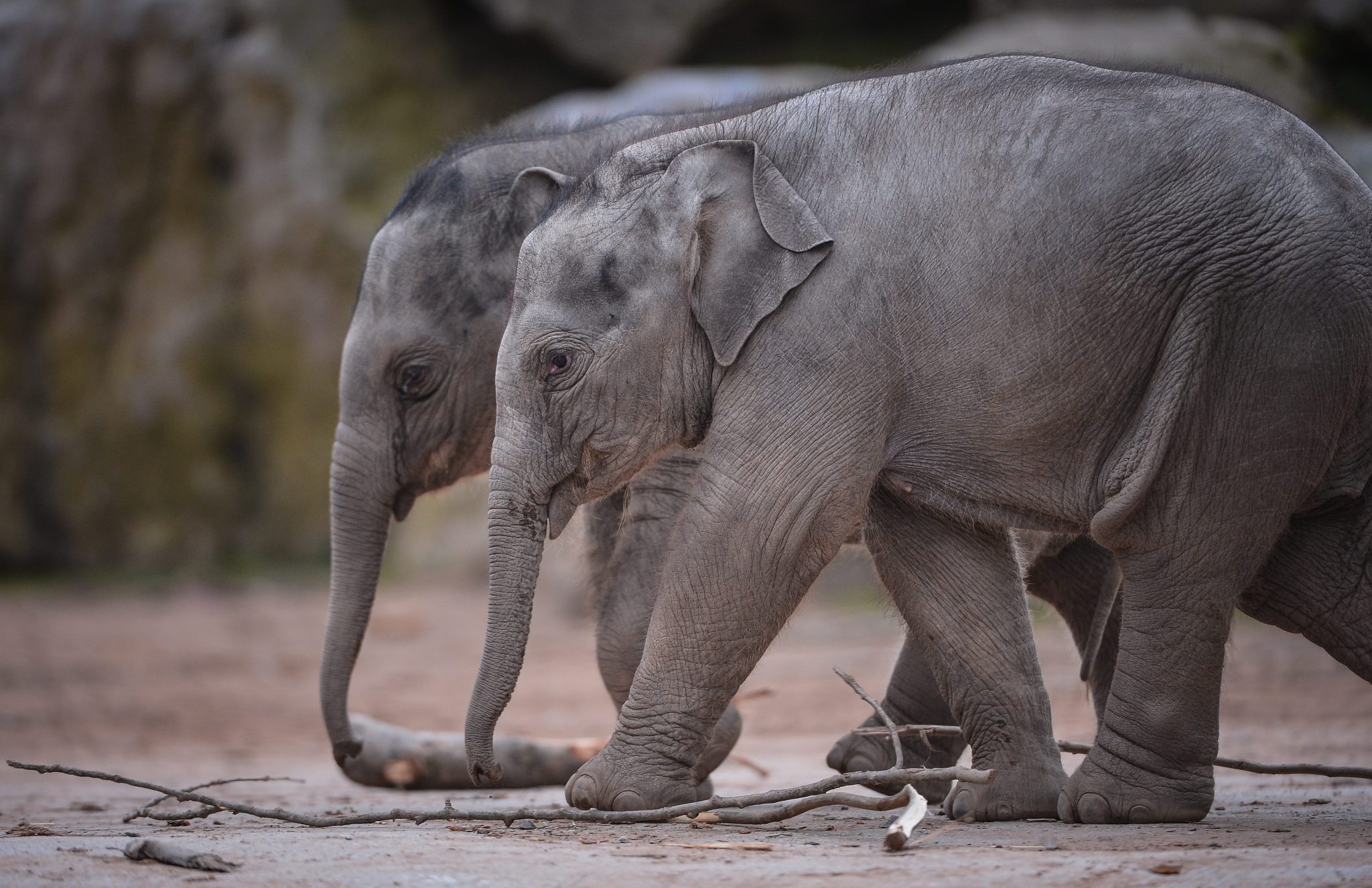
Supporting the next generation
We’re really proud to be helping to train the next generation of conservation scientists. We’re currently supporting 17 Chester Zoo Conservation Scholars from nine institutions, who are working on a range of species and topics in the zoo and out in the wild. This year, Conservation Scholar Ee Phin Wong completed her PhD research and has now gained a post-doctoral position. We’re really looking forward to working with more scholars in 2017.
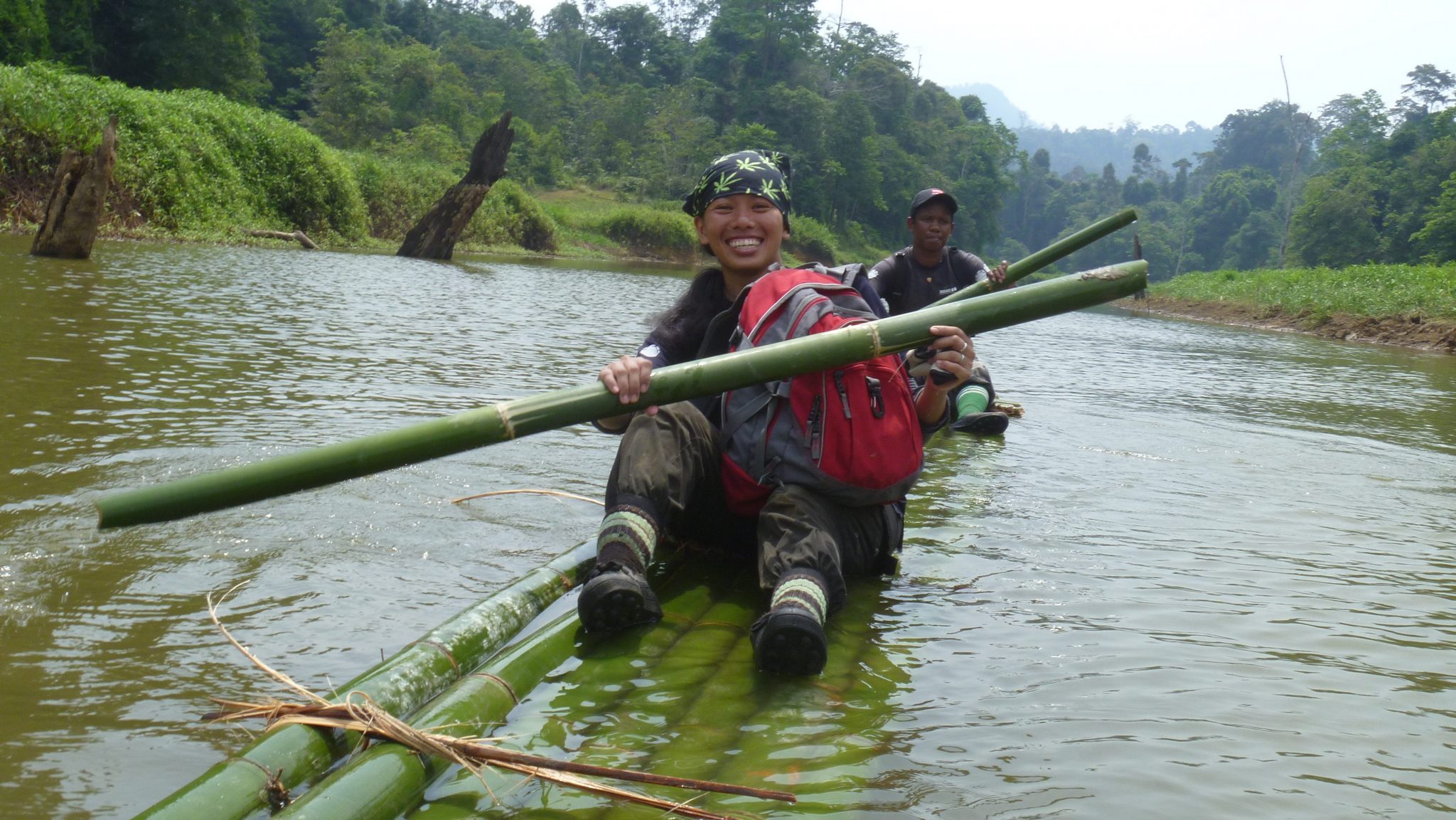
Find out more about how our community of committed experts and enthusiasts are making a real difference to conservation by signing up for our e-newsletter or following us on social media.
Sadly, UK wildlife is in decline.
In fact, nature is doing a lot worse in the UK than in most other countries around the world.
According to the State of Nature report, released by RSPB and 50 other wildlife organisations, over 56% of our incredible species have declined over recent decades and 15% of UK species are threatened with extinction. There are a range of factors that are driving this decline, including agriculture and climate change.

Everything we do in our day-to-day lives can have an impact on nature – from the food we eat to the energy we use – everyone has a role to play in conservation and it’s more important than ever that everyone does their bit.
We ALL need to get involved if we’re going to make a real difference.
One simple thing to do is record the wildlife we see; it’s such an important action that we can all contribute to and the data collected enables conservationists to keep an eye on any changes or trends and take action before it’s too late. The more information we have about our habitats, the more we can do to help protect them.
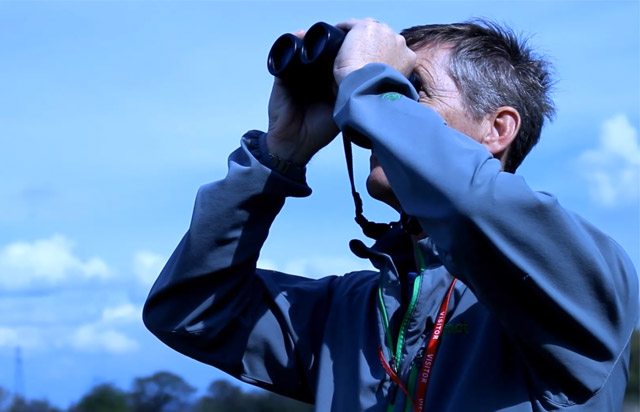
There are also plenty of other benefits to wildlife watching too – it’s relaxing, you can learn more and it gets you outdoors! Fancy giving it a go? Here are some hints and tips on watching and recording wildlife.
Creating safe habitats for our local wildlife has been highlighted as one of the most beneficial conservation actions for wildlife. Habitat creation is not just about nature reserves, it includes our homes, gardens and local green spaces too. And by creating safe spaces for wildlife we’re creating a better landscape for nature.
Wildlife Connections is about helping reverse these declining trends by helping to open up our landscape to wildlife with wildlife corridors and making new areas of good habitat in gardens and community spaces that will help the wildlife around us thrive.
The pine marten recovery project we’re working on with The Vincent Wildlife Trust was just one example highlighted in the State of Nature report of how conservation action is helping to reverse the decline in UK species. And we’re also really proud to be working together with a number of other partners across the UK to help save other species, like the hazel dormouse, Scottish wildcat and the black poplar.
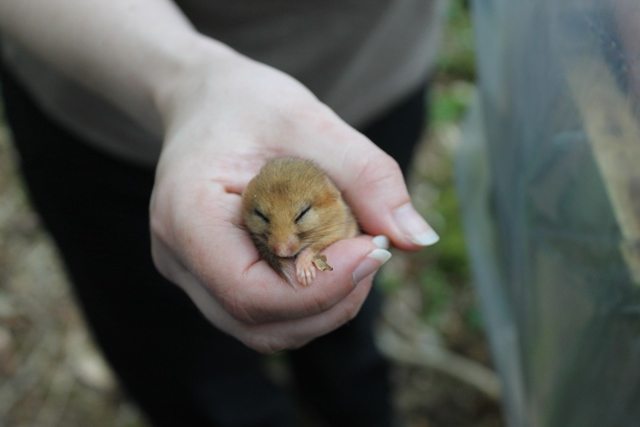
On top of the work we’re doing in the field, our staff at Chester Zoo are using their skills and expertise to increase animals and plant populations through conservation breeding and plant propagation, for reintroduction into the wild.
The state of UK nature is bad – but we will continue to act for our precious wildlife! We’re so lucky to have such amazing wildlife right here on our doorstep and we need your help, not only to make Wildlife Connections, but to also spread the word! The more people that take action, the more wildlife we’ll be able to protect.
We’re in this together and we can all make a difference to help save our wonderful local wildlife.
Winter
We kick started the year by celebrating five years of our Biodiversity Trainee scheme; a project we’re all very proud of and which saw us train 12 future conservationists in a range of skills needed to preserve UK wildlife. The participants were trained in a huge range of topics-from wildlife recording to fundraising-and public engagement to habitat management – and everything in between. The project was run in partnership with RECORD and Cheshire Wildlife Trust-and was made possible thanks to generous funding from Heritage Lottery Fund.
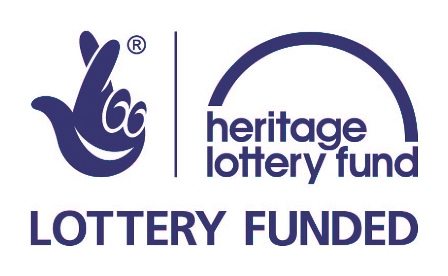
A team of zoo staff took part in an expedition to Assam in North East India where they spent time working with our Assam Haathi Project. The project has been working to reduce human-elephant conflict for over ten years; together with local communities we have implemented a range of methods to help keep elephants and people from harm.
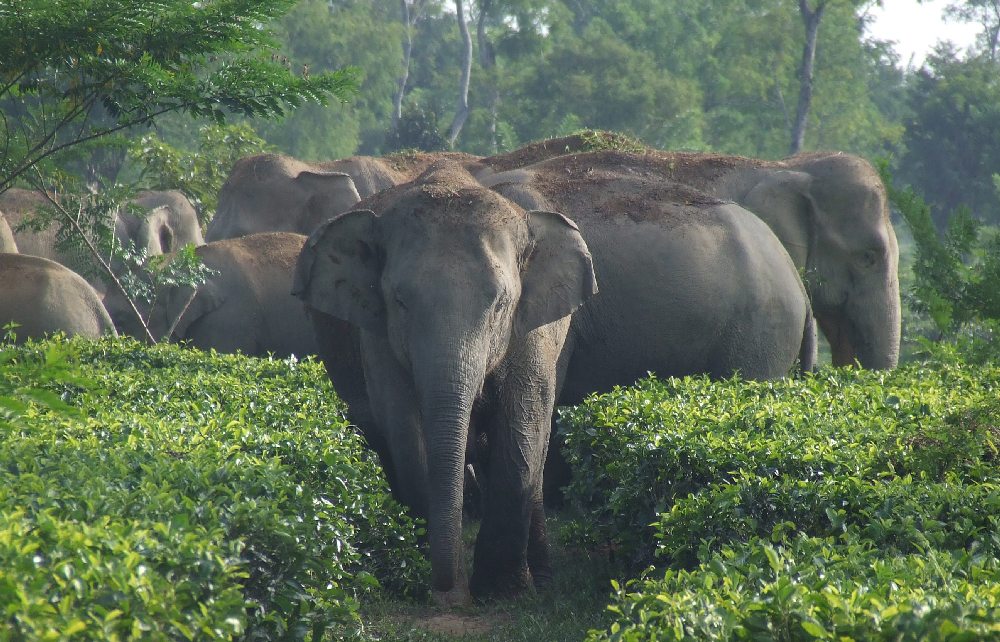
It was non-stop for the group as they travelled from village to village working closely with a number of villages. If they weren’t sharing their knowledge and skills in a workshop-they were volunteering their support in general maintenance and construction or providing support to long-term strategies for elephant conservation in this area.
Spring
We were thrilled to announce our new Living with Tigers project which-as the name suggests-aims to protect tigers and help the local communities live safely alongside them. Despite the fantastic news that tiger numbers are increasing as a result of the conservation efforts-this development brought with it a new challenge: human-tiger conflict. We recognised a need for support and are now currently establishing a team in Nepal who can work with the local villages to reduce the risk of tiger attacks. Read more updates from our Living with Tigers project-here.
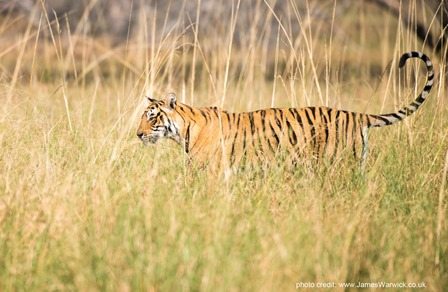
Back in Chester-as the warmer weather arrived we celebrated our changing seasons and the wonderful animals and plants we have right here in the UK. We also conducted our own BioBlitz – which saw a team of around 30 professionals count and identify as many species as possible in and around the zoo – all within 24 hours! Some of the highlights included exceeding our 500 species target-recording over 50 species of mosses and lichens and using new technology to record seven bat species.
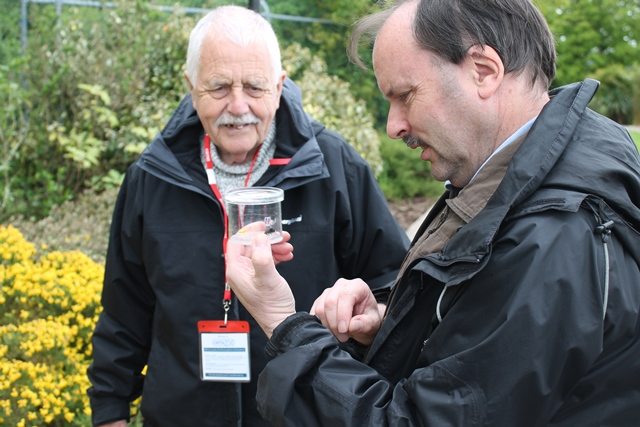
Summer
We received some devastating news from our project partners the Katala Foundation-in the Philippines-that over 4,000 turtles were confiscated from a convoy on its way to China. We sent out an emergency appeal to send resources to the team who were working around the clock to save as many turtles as possible. Thanks to the AMAZING response from you-our wonderful supporters-they were able to treat and release almost all of the animals!
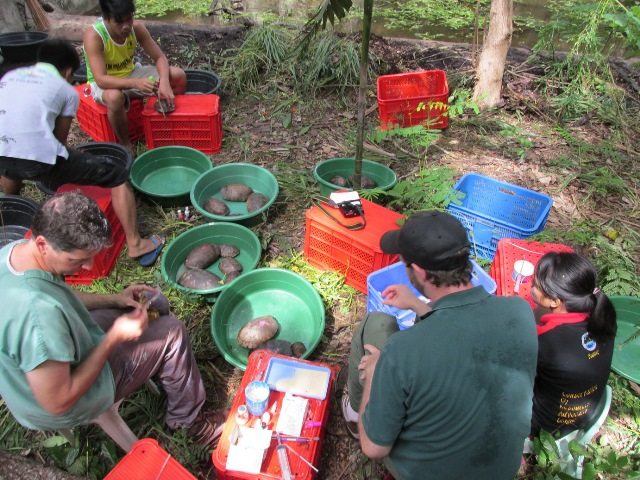
Those that weren’t ready for release are being rehabilitated at the Katala Foundation-who sent us this message:
“Without the generous support-immediate action-moral support and great dedication of all of you-we would not have been able to manage this crisis. But now-I believe we can proudly say ‘a crisis well managed’. Congratulations and Kudos. Thank you so much!”
We were also flying high after being recognised for the work we do to protect highly threatened bird species. The British and Irish Association of Zoos and Aquariums (BIAZA) created a list of the top ten birds benefiting from conservation and breeding programmes at zoos and aquariums in the UK. We are home to six of the species that were on the list and play a significant role in supporting and protecting endangered birds on the brink of extinction – not just here at the zoo but also through the vital work we do in the wild.
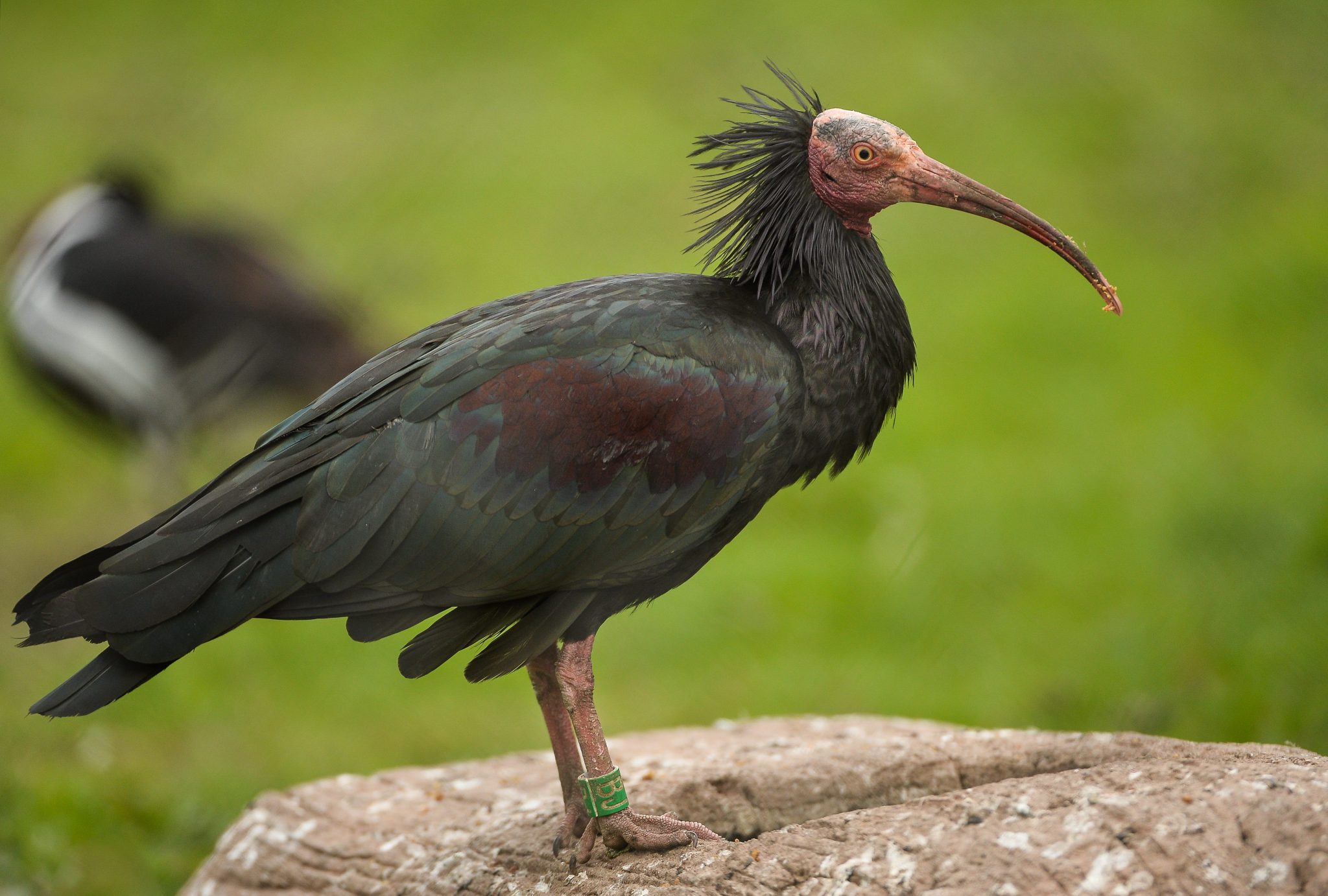
Autumn
Alongside our Go Orange for Orangutans campaign we launched the Palm Oil Challenge and asked for your help to take part in our challenge of making sustainable palm oil the norm. By picking products that contain sustainable palm oil on your weekly shop you’ll be helping to protect the remaining forest homes for animals like the orangutan-tiger-rhino and elephant.
You can Act for Wildlife and help us to continue the vital work we’re doing around the world by making a donation. Go to www.actforwildlife.org.uk/get-involved/donate to donate now. And with Christmas only a couple of weeks away-why not sponsor a project for someone else as a unique gift? Perfect for any last minute presents!
We’re looking forward to 2016!.